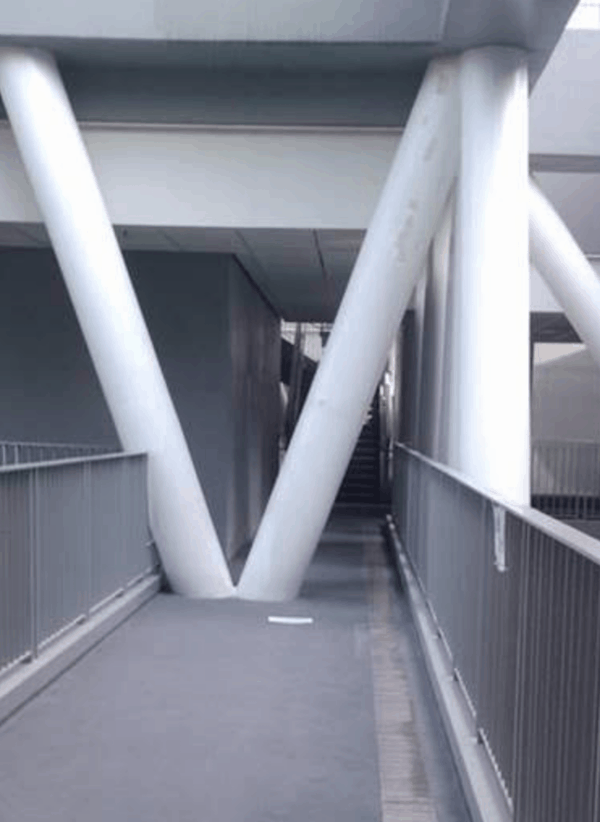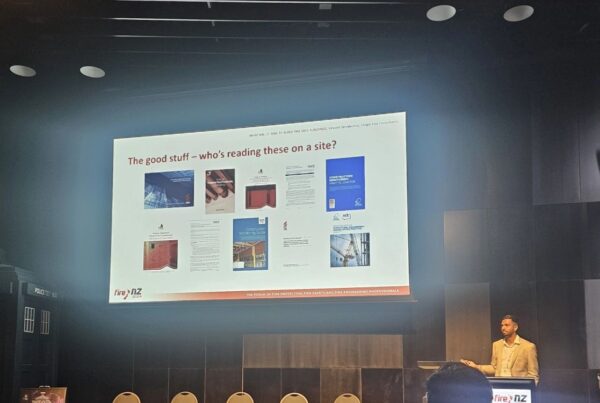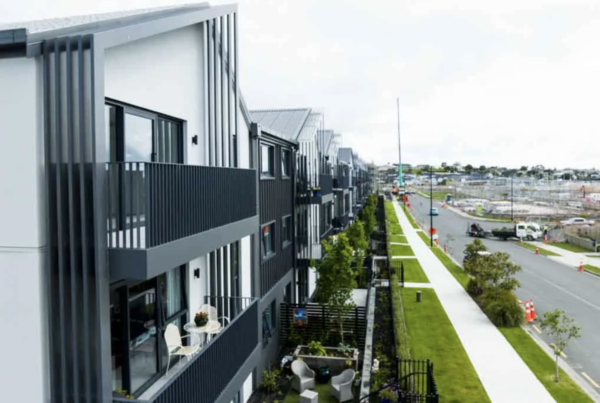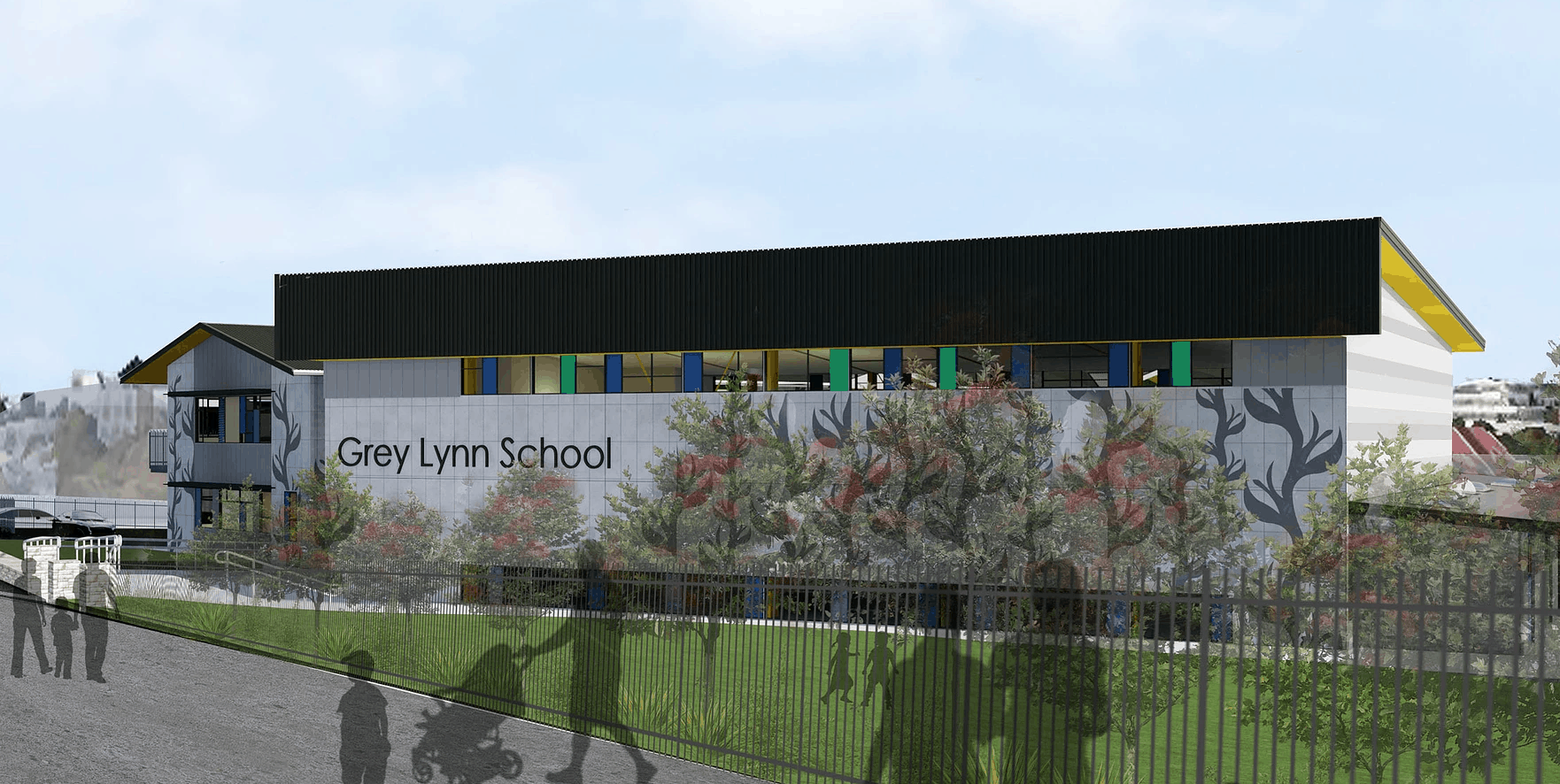Design coordination: The role of a Fire Engineer
We regularly receive questions from clients and architects about PN22 Design Coordination Statements. These can range from what exactly it is and do to do it, through to whether it is optional and who is responsible for doing it.
The PN22 design coordination statement began in 2010 when a group of fire engineers, assisted by Engineering New Zealand, met to discuss the baseline for producing fire engineering documentation. At the time there was a wide variation in quality from one-page summaries to detailed reports, accompanied by calculations and drawings.

The result was the production of the ‘Engineering New Zealand Practice Note 22 Guidelines for Documenting Fire Safety Designs September 2011’. This was also issued as Guidance by MBIE under Section 175 of the Building Act. The document also included a small section on design coordination and construction monitoring.
Design coordination is a normal part of the design process. The structural engineer needs to coordinate with the architect, while services engineers also need to coordinate with the architect (and each other) to ensure everything fits in the space available, and the interfaces between the different trades match up. It is not a one-off activity, but occurs throughout the design and sometimes the construction phase of a project. It is an essential part of the design process so documents being produced for the building contractor contain all the necessary information.
Historically, Fire Engineering was missing from the design coordination activity, with fire engineering design often being produced just prior to a building consent application. This resulted in buildings being built with elements of the fire engineering design not being installed. I have seen building sites where fire walls are only extend halfway along the wall, non-fire-rated windows have been installed in place of fire-rated windows, and complete fire safety systems are missing.
From a fire engineer’s perspective, design coordination begins by making sure the design team is aware of the key requirements of the fire engineering design. Such as the number of exit-ways, key fire rating requirements, and fire detection and protection systems. As the design progresses, more of the detail is discussed, including compliant construction materials and systems, door hardware, and internal surface linings. This is a two-way process between the fire engineer and other designers as they come to understand the requirements and constraints of each. At the end of the process a review of consent and tender documents is carried out to confirm that all the prior discussions have been translated onto the documents.
The extent of the final review will depend on how well the prior coordination has been completed and the confidence each designer has in the other parties’ work. It might consist of a high-level review and a spot check of key details, or extend to a review of everything including all the details. This will depend on the initial quality of the work and the level of risk that can be accepted for abortive or incorrect work during construction.
Below is a simple example of design coordination to illustrate the process:
An existing building requires new ventilation ducts running between floor levels to the roof. From a fire perspective we want to prevent fire spread from floor to floor, which could be achieved with fire dampers at each floor level or fire rating the entire length of the duct. Space is limited, so we organise a number of meetings with the architect and mechanical engineer to discuss the problem and potential solutions. We have our fire rating requirements; the architect has spatial requirements, and the mechanical engineer has duct construction and the physical size of fire dampers to consider. After several discussions, the agreed solutions will be added to the plans and specifications. At this stage, a final review of the documents will be made to confirm that everything is as agreed. It’s important to note that reviewing the documents is the last step in the process, not the first or only step.
The above is just one example that shows undertaking design coordination is part of good risk mitigation practice regardless of whether confirmation is required as part of a building consent application. Practice Note 22 provides some guidance on how this confirmation might be addressed, however, it is not the only possible method that might be suitable for a project.
To further emphasise the importance of design coordination in the design process, in 2018 the Society of Fire Protection Engineers (SFPE), Engineering New Zealand and the New Zealand Institute of Architects (NZIA) met and produced a joint statement that collaboration and coordination were key aspects of the design process to ensure they are more efficient, compliant and successful.
Need to discuss your design coordination requirements with one of our fire engineers? Contact us via the button below.



